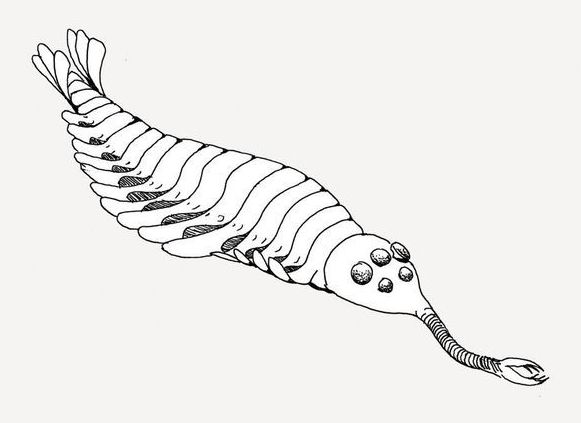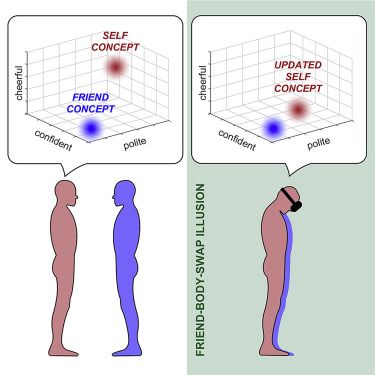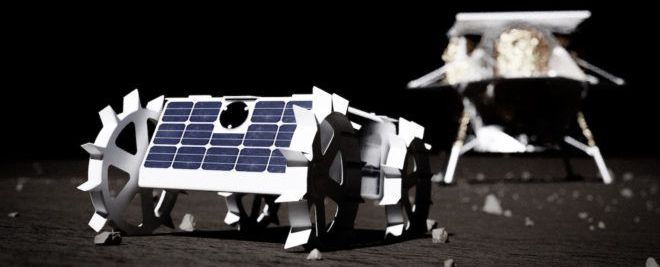This “beating” heart patch could repair broken hearts via Seeker.
Category: futurism – Page 888
These Contacts Lenses Can Correct Color Blindness
These contact lenses can help correct color blindness.
OK what is this?
Ok I Need to know what this is.

TIMELAPSE OF THE FUTURE: A Journey to the End of Time (4K)
Support my work on Patreon: https://www.patreon.com/melodysheep | Get the soundtrack: https://bit.ly/2HKl9fi | How’s it all gonna end? This experience takes us on a journey to the end of time, trillions of years into the future, to discover what the fate of our planet and our universe may ultimately be.
We start in 2019 and travel exponentially through time, witnessing the future of Earth, the death of the sun, the end of all stars, proton decay, zombie galaxies, possible future civilizations, exploding black holes, the effects of dark energy, alternate universes, the final fate of the cosmos — to name a few.
This is a picture of the future as painted by modern science — a picture that will surely evolve over time as we dig for more clues to how our story will unfold. Much of the science is very recent — and new puzzle pieces are still waiting to be found.
To me, this overhead view of time gives a profound perspective — that we are living inside the hot flash of the Big Bang, the perfect moment to soak in the sights and sounds of a universe in its glory days, before it all fades away. Although the end will eventually come, we have a practical infinity of time to play with if we play our cards right. The future may look bleak, but we have enormous potential as a species.
Featuring the voices of David Attenborough, Craig Childs, Brian Cox, Neil deGrasse Tyson, Michelle Thaller, Lawrence Krauss, Michio Kaku, Mike Rowe, Phil Plait, Janna Levin, Stephen Hawking, Sean Carroll, Alex Filippenko, and Martin Rees.
Big thanks to Protocol Labs for their support of this creation: https://protocol.ai/
Don’t Be So Close!!!? 😱
Don’t Be So Close!!!? 😱


Saving History of Threatened and Recently Extinct Vertebrates of the World
Ira Pastor, ideaXme life sciences ambassador and founder of Bioquark interviews Matthew Richardson, Canadian author of “Threatened and Recently extinct Vertebrates of the World”, primatologist and conservationist.
“My forthcoming book, Threatened and Recently-extinct Vertebrates of the World, required me to assess and place some 15,000 species and subspecies within an updated biogeographic framework. I also had to coin common names for more than 5,000 of them; figure out an entirely new system of ecoregions based on elevation to nest within my “realms and regions.” find a way to standardize language across the globe in a way that would be mostly acceptable to everyone; and somehow make it interesting for the reader. It is twice the length of “War and Peace.” I’ve gone through three publishers, it took me ten years to write, and I’ve received zero funding in the process” Matthew Richardson.
Ira Pastor comments:
Matthew began his professional career as a writer of historical non-fiction, although for the past several years he has mainly worked on academic projects related to wildlife conservation.
In 2001 he published “The Royal Book of Lists: An Irreverent Romp Through Royal History from Alfred the Great to Prince William.”
For much of the next decade he worked as a primatologist and taxonomist for the U.S.-based NGO Conservation International, co-authoring various books and academic papers. Notable among these were Lemurs of Madagascar (book) and the massive primate volume to the Handbook of the Mammals of the World series (for which he also produced all the maps).

Astrobotic awarded more than $1 million to Advance CubeRover Payloads
Astrobotic has been awarded two contracts by NASA to support the development of payloads for future delivery on its 4U and 6U CubeRovers— presented as the world’s first line of commercial lunar rovers. CubeRovers are standardized and scalable, providing planetary surface mobility services that support a variety of scientific and commercial missions.
The first $741,000 contract will fuel work on a novel ultra-wide, non-contact Ground Penetrating Radar (GPR) antenna co-developed by Astrobotic and The Ohio State University. The antenna will integrate with a prototype of Astrobotic’s 6U CubeRover, the largest of the CubeRover family, and then test its use on the ground.
Useful for both Earth and planetary science applications, the single antenna can be integrated with diverse mobile platforms to better support lightweight, affordable, subsurface science investigations. GPR tech at this small, lightweight scale is nonexistent in the space market and could enable simple and reliable characterization of lunar lava tubes, subsurface water-ice, and the location of planetary ore deposits.